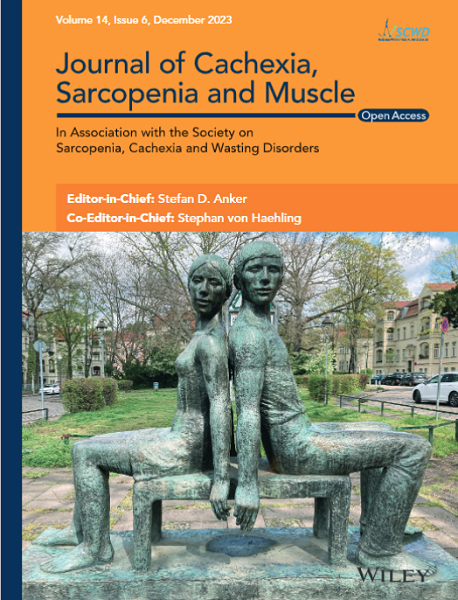Previous studies have demonstrated that metabolic score for visceral fat (METS-VF), a novel surrogate indicator assessing visceral fat, was associated with the risk of hypertension, diabetes mellitus, cardiovascular disease (CVD) and mortality, predicting the risks based on a single METS-VF measurement can increase limitations of the study. Few studies have investigated the association between cumulative exposure to METS-VF and risk of CVD and all-cause mortality. We aimed to examine the association of cumulative METS-VF with risk for CVD and all-cause mortality.
All participants in the study were from the Kailuan Study, which is a large, prospective cohort study, and began in 2006 years. Cumulative METS-VF was calculated by data from 2006 survey to 2010 survey and defined as the mean METS-VF for each pair of consecutive surveys multiplied by the time intervals between these two consecutive surveys. The optimal cut-off value for time-averaged cumulative METS-VF associated with CVD was determined using a survival-time method to calculate maximally selected rank statistics and was used to assess exposure of high METS-VF. A multivariate Cox proportional hazards regression model was used to assess the risk of CVD and all-cause mortality during 2010–2022 years (hazard ratio [HR] and 95% confidence interval [95% CI]).
We included 41 756 participants (mean age, [52.72 ± 11.64] years, 78.53% males and 21.47% females). All participants were divided into four groups: Q1 (reference group), Q2, Q3 and Q4 according to the quartiles of cumulative METS-VF, and exposure duration of high METS-VF was quantified as 0, 2, 4, and 6 years. During the median follow-up of 12.01 years, 4008 (9.60%) CVD events and 3944 all-cause mortality events occurred. After adjusting for potential covariates, compared to participants in Q1 group, the HRs of incident CVD and all-cause mortality were 1.55 (95% CI, 1.38–1.74) and 1.59 (95% CI, 1.40–1.81) for those in Q2 group, 2.13 (95% CI, 1.91–2.38) and 2.67 (95% CI 2.37–3.01) for those in Q3 group, 2.78 (95% CI, 2.49–3.17) and 4.90 (95% CI 4.36–5.50) for those in Q4 group. The HRs for CVD and all-cause mortality were increased with exposure duration of high METS-VF increasing. The result of ROC curve analysis showed that cumulative METS-VF had the highest predictive for CVD among 4 indexes including cumulative METS-VF, cumulative waist circumference, cumulative body mass index and cumulative WHtR.
The high cumulative METS-VF was associated with an increased risk of CVD and mortality, and this association was stronger as exposure to high METS-VF was prolonged, emphasizing the importance of striving to control the METS-VF.



